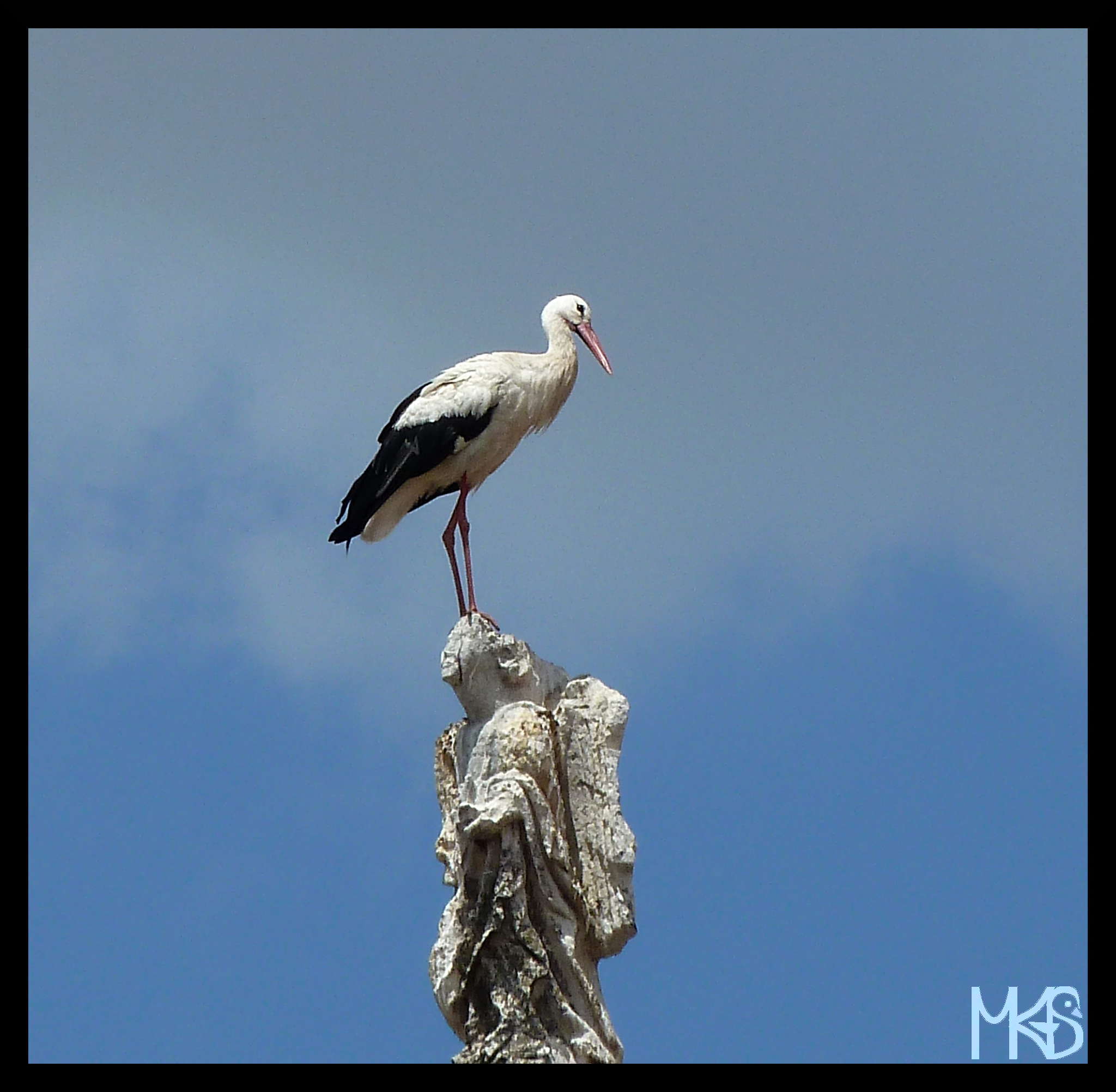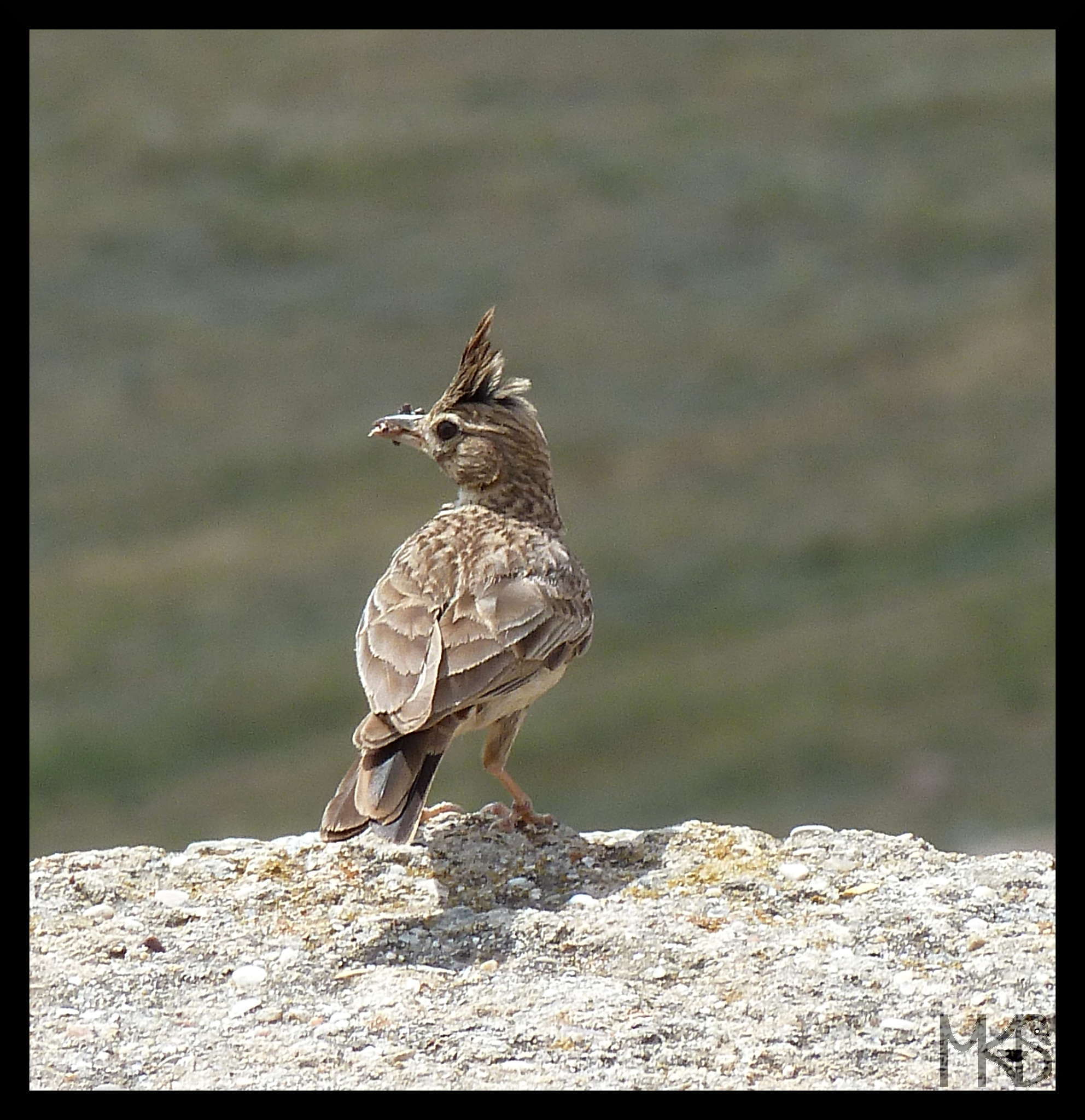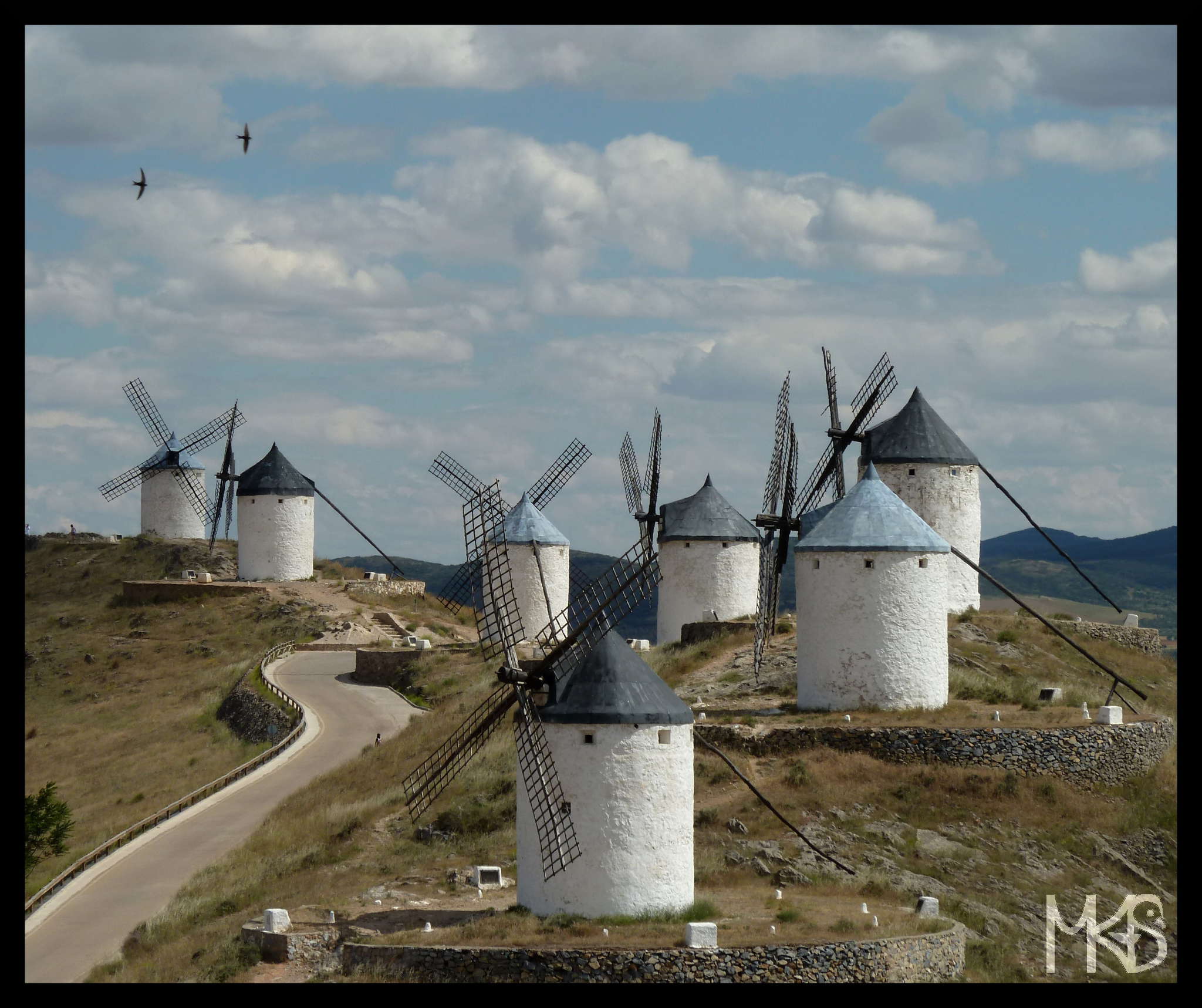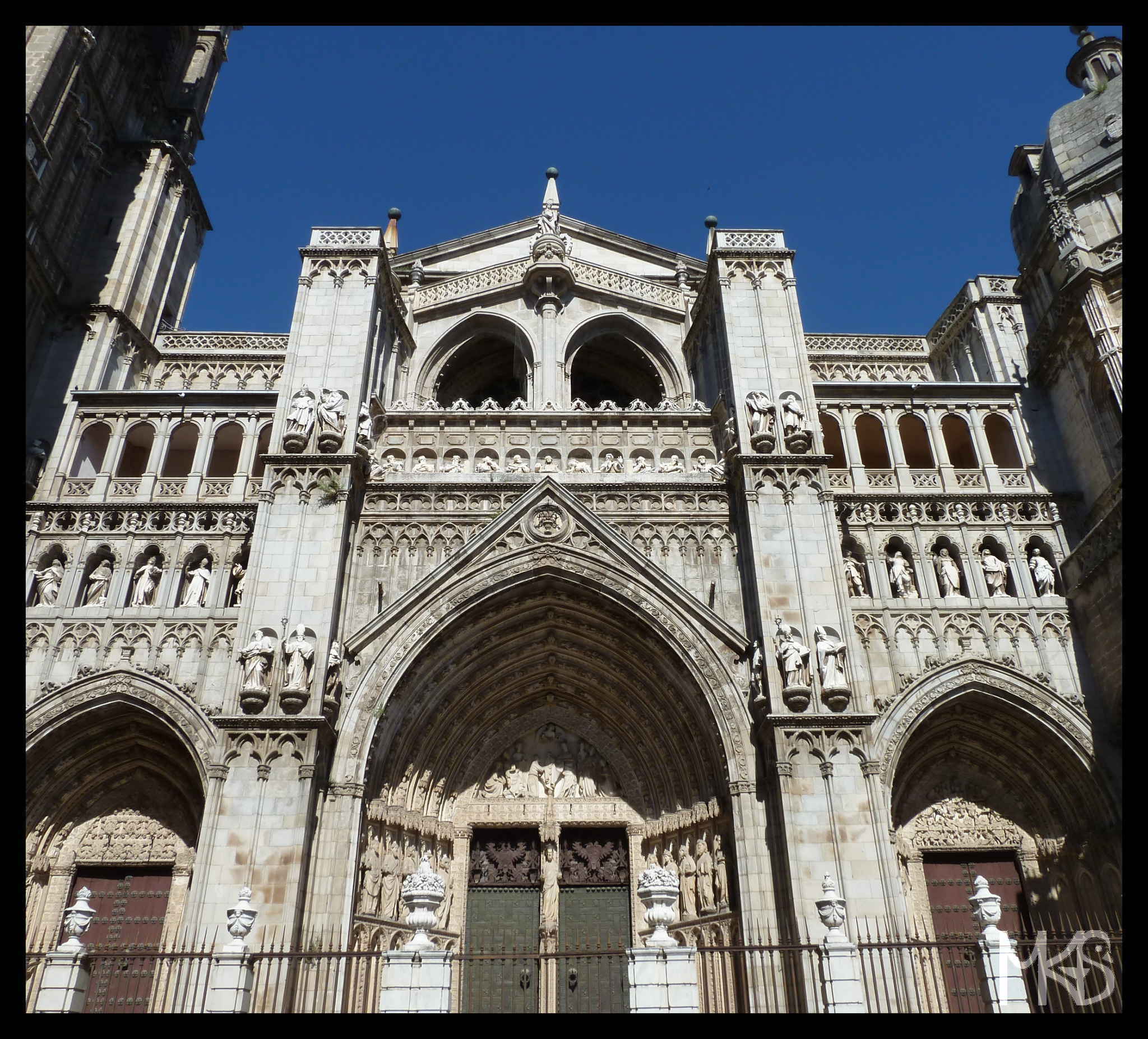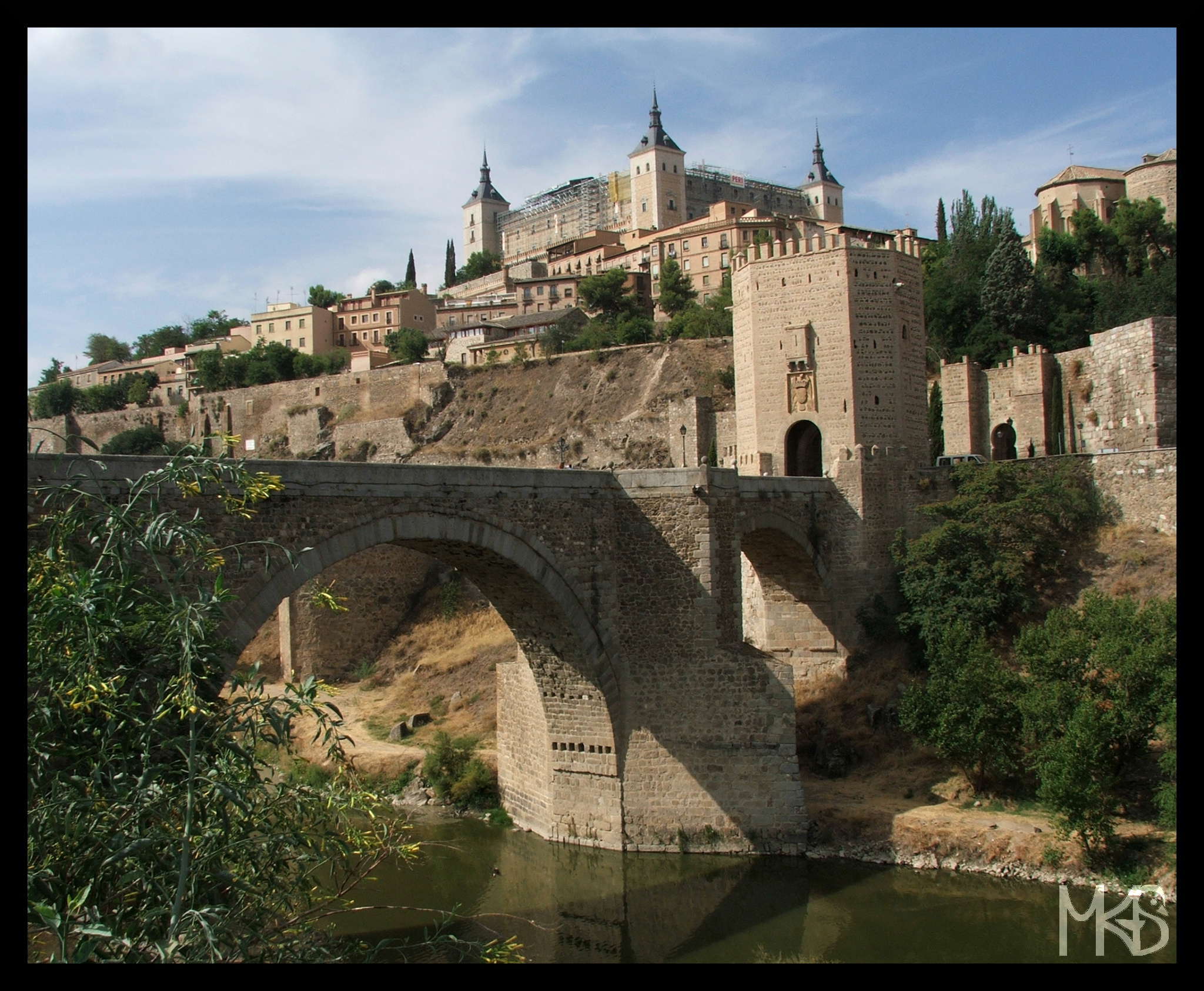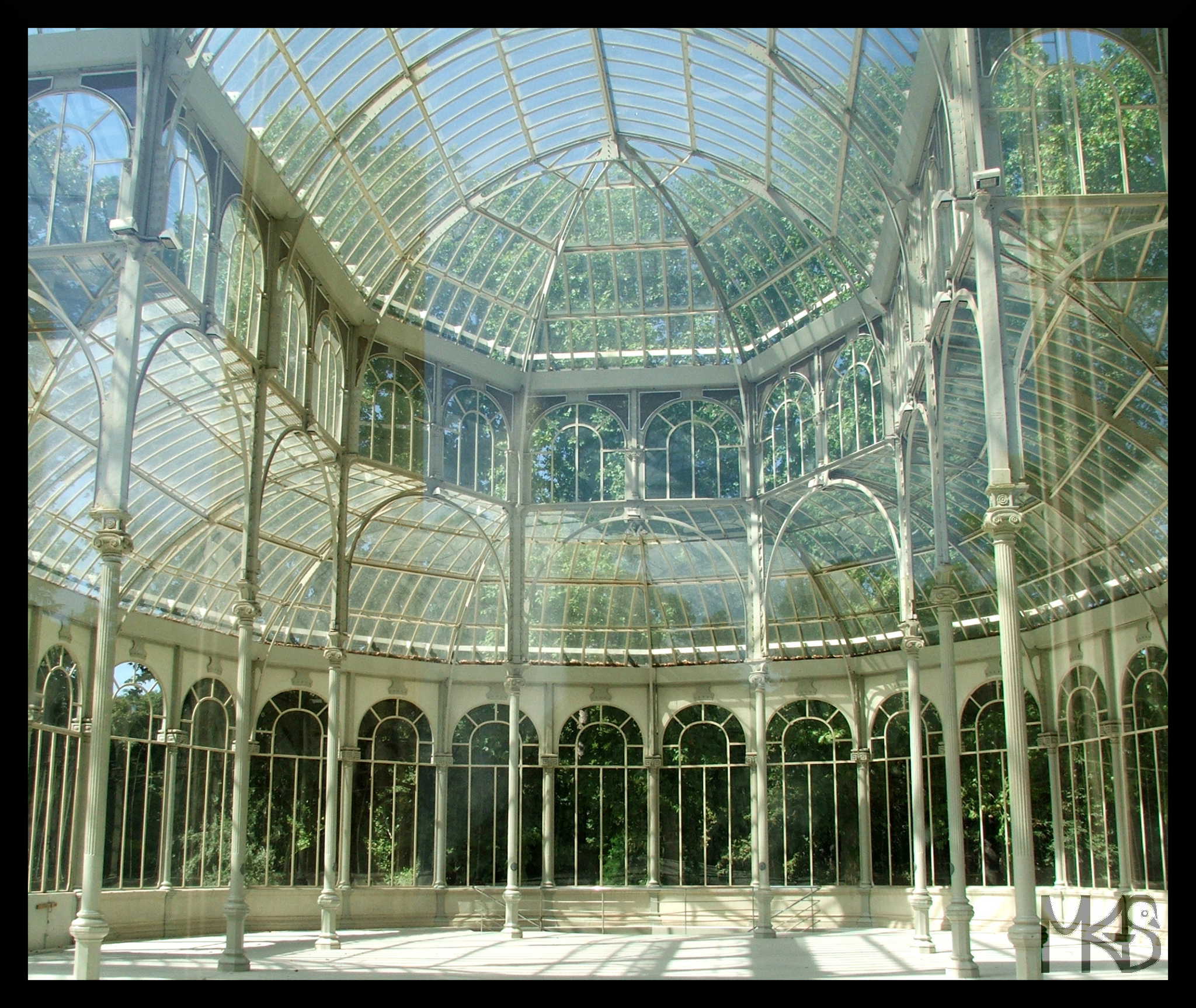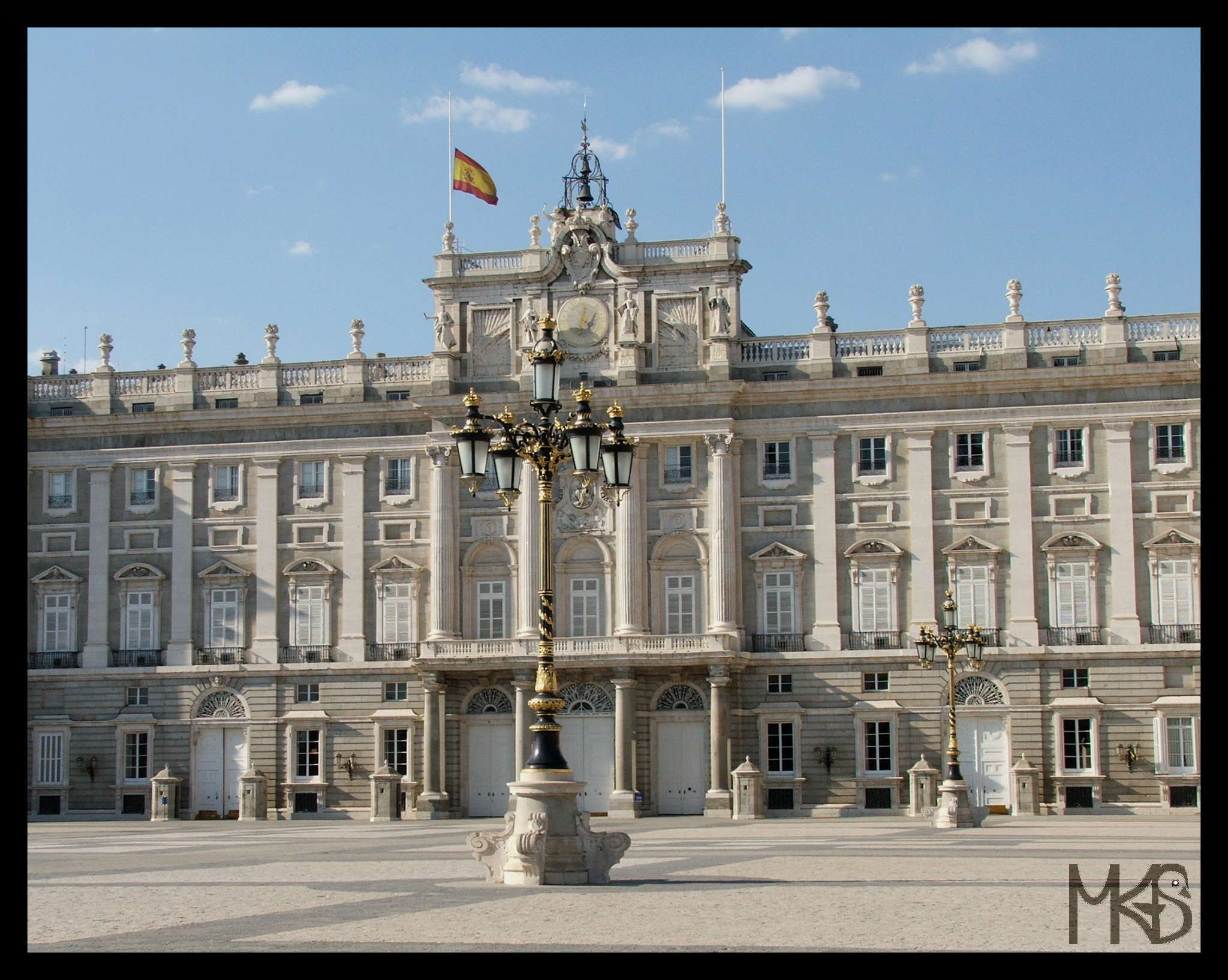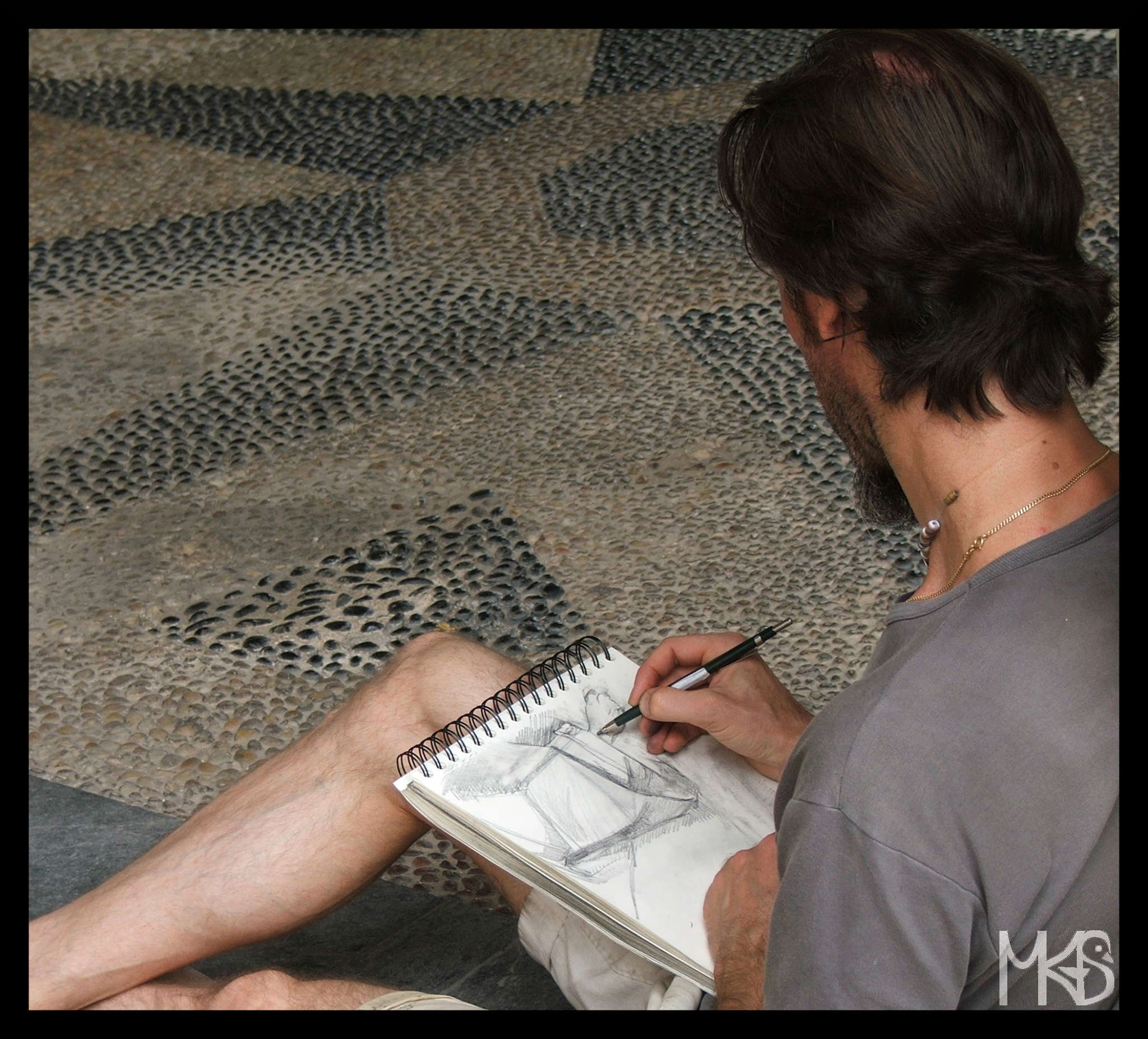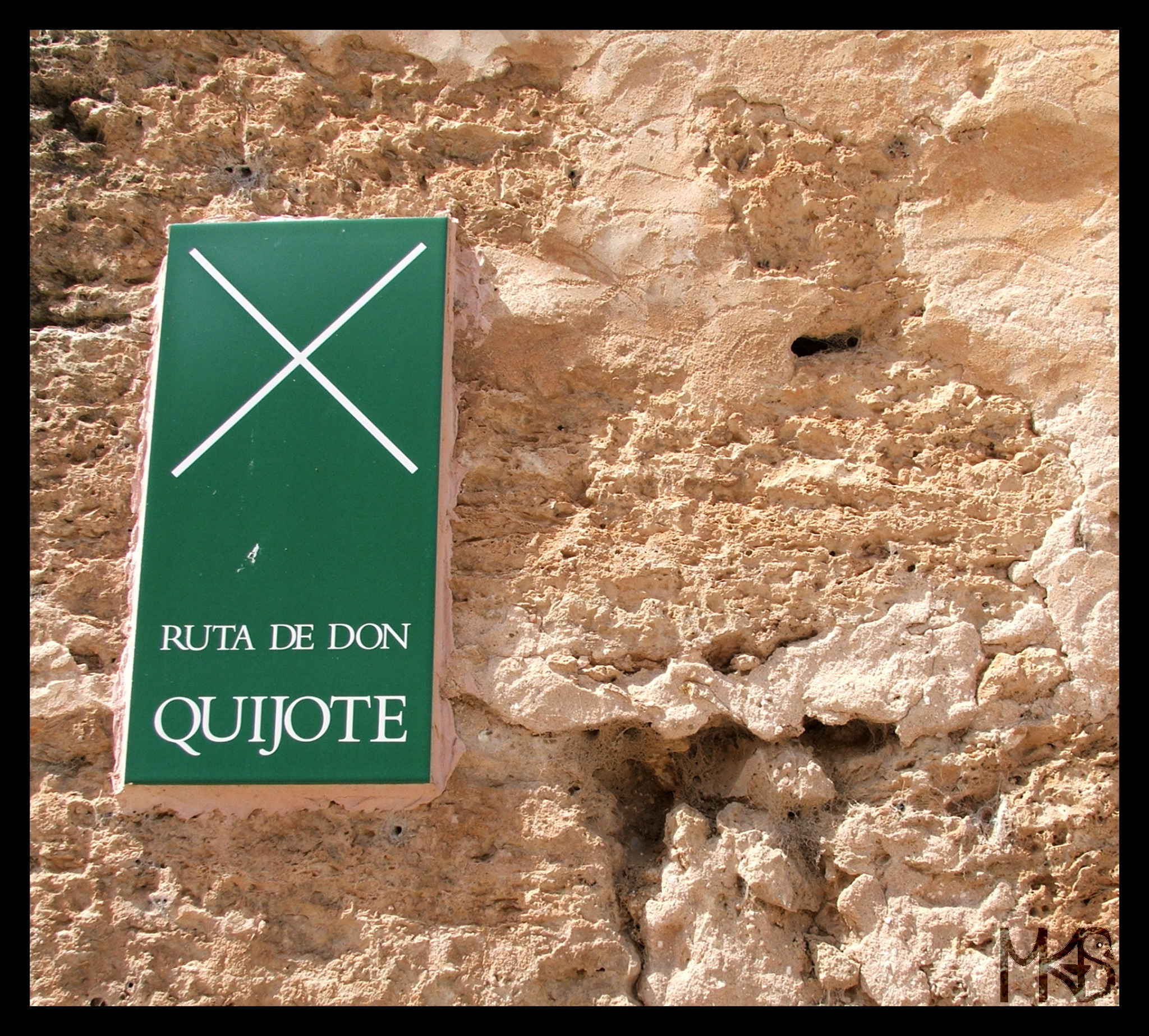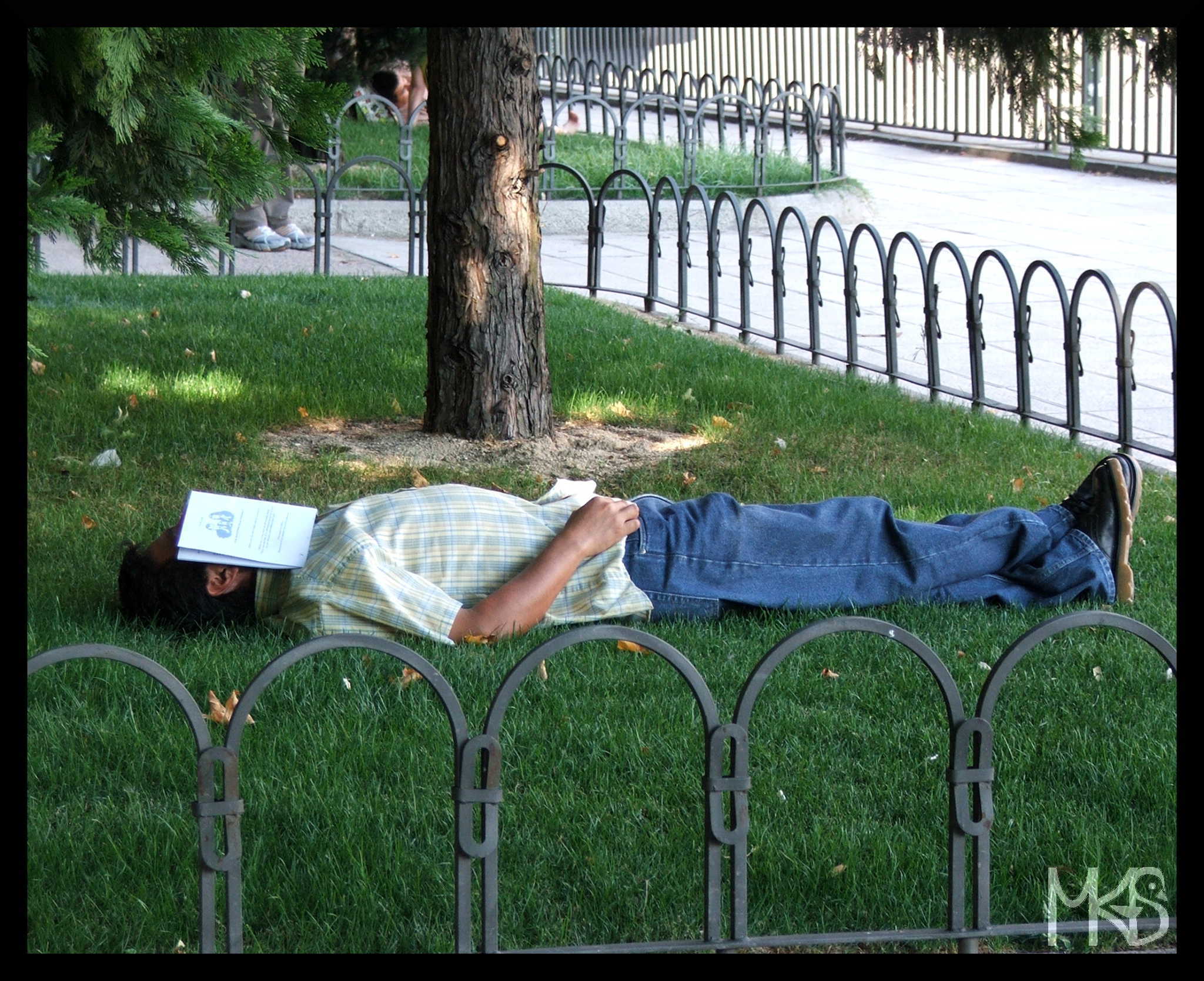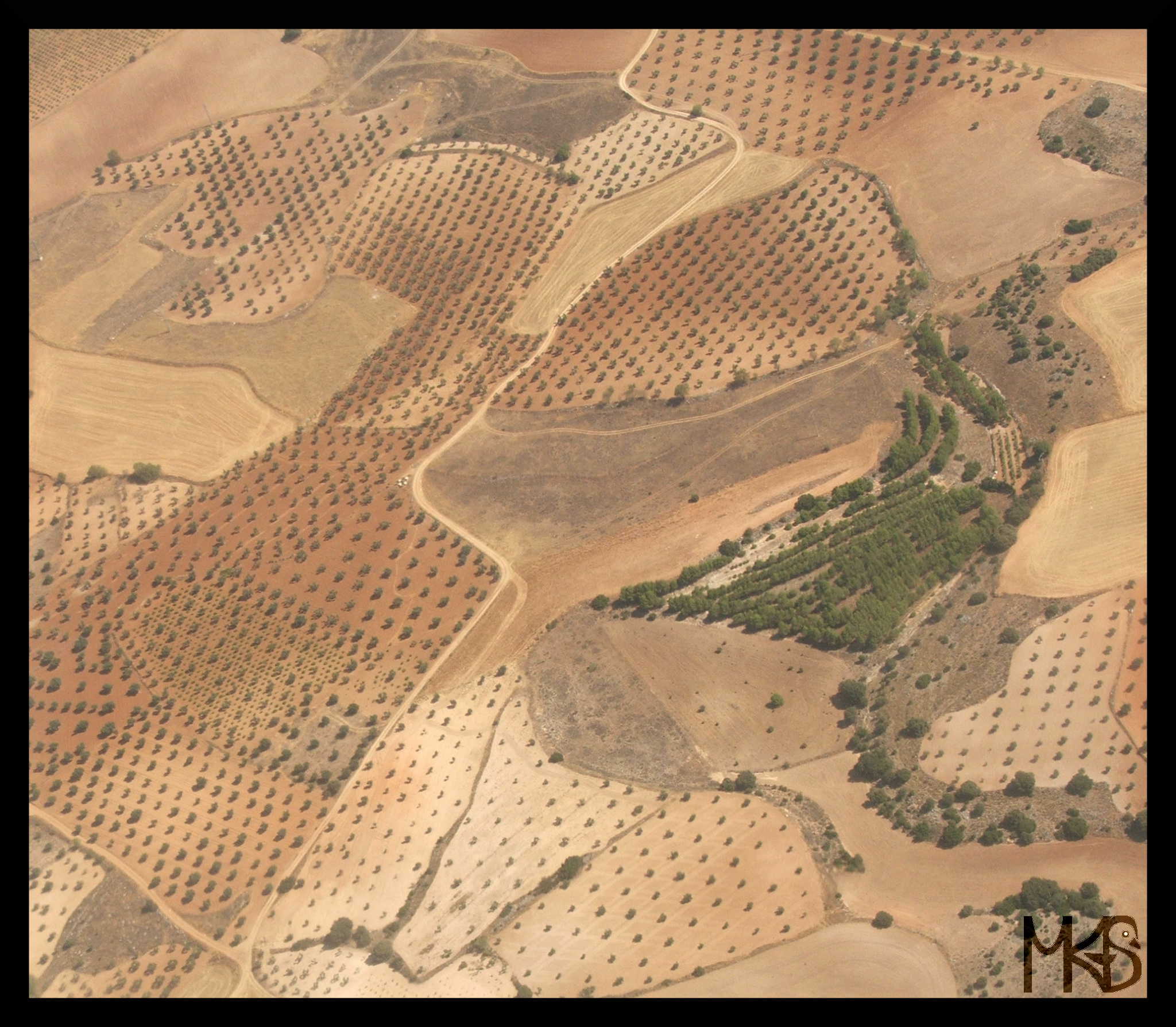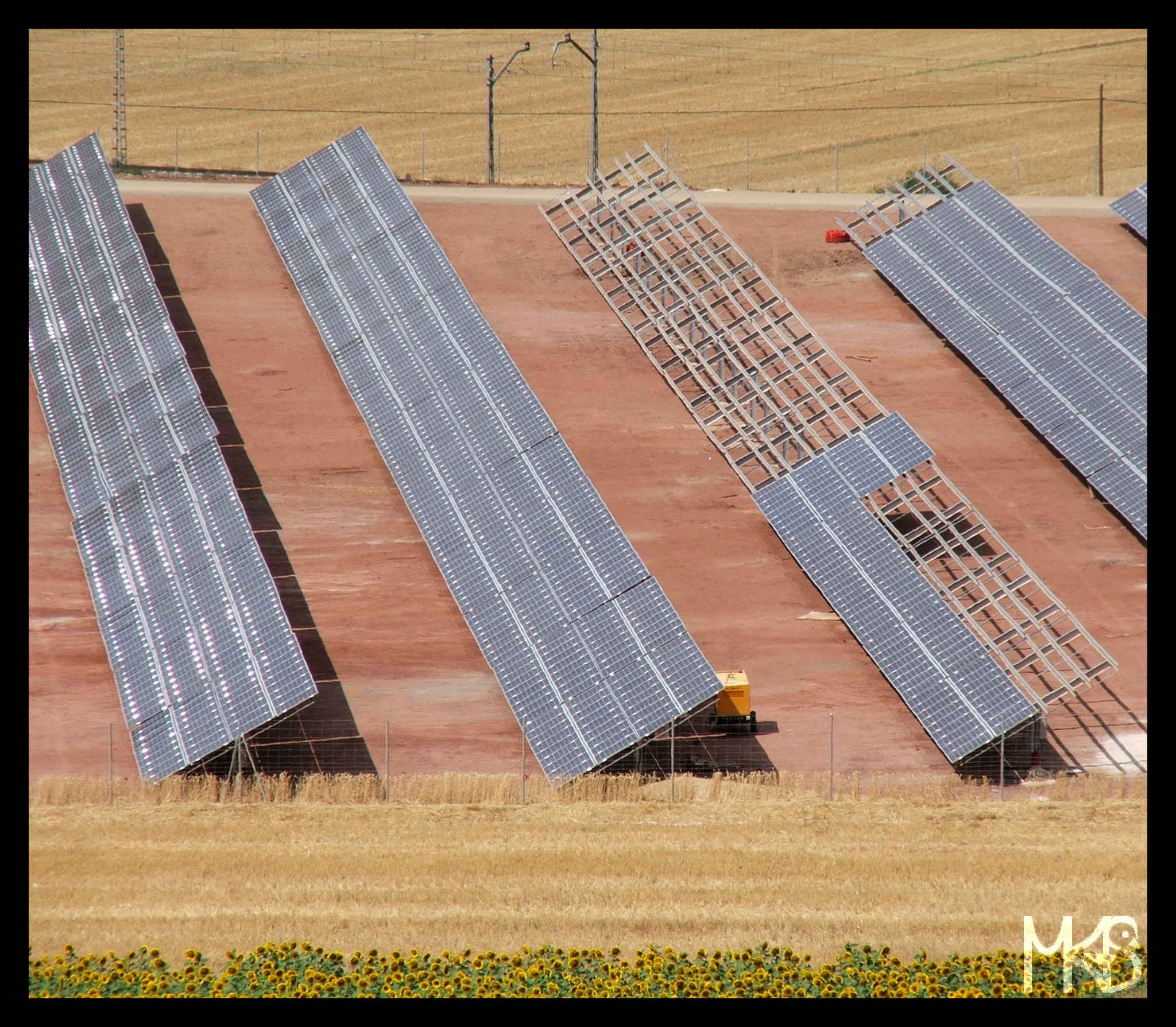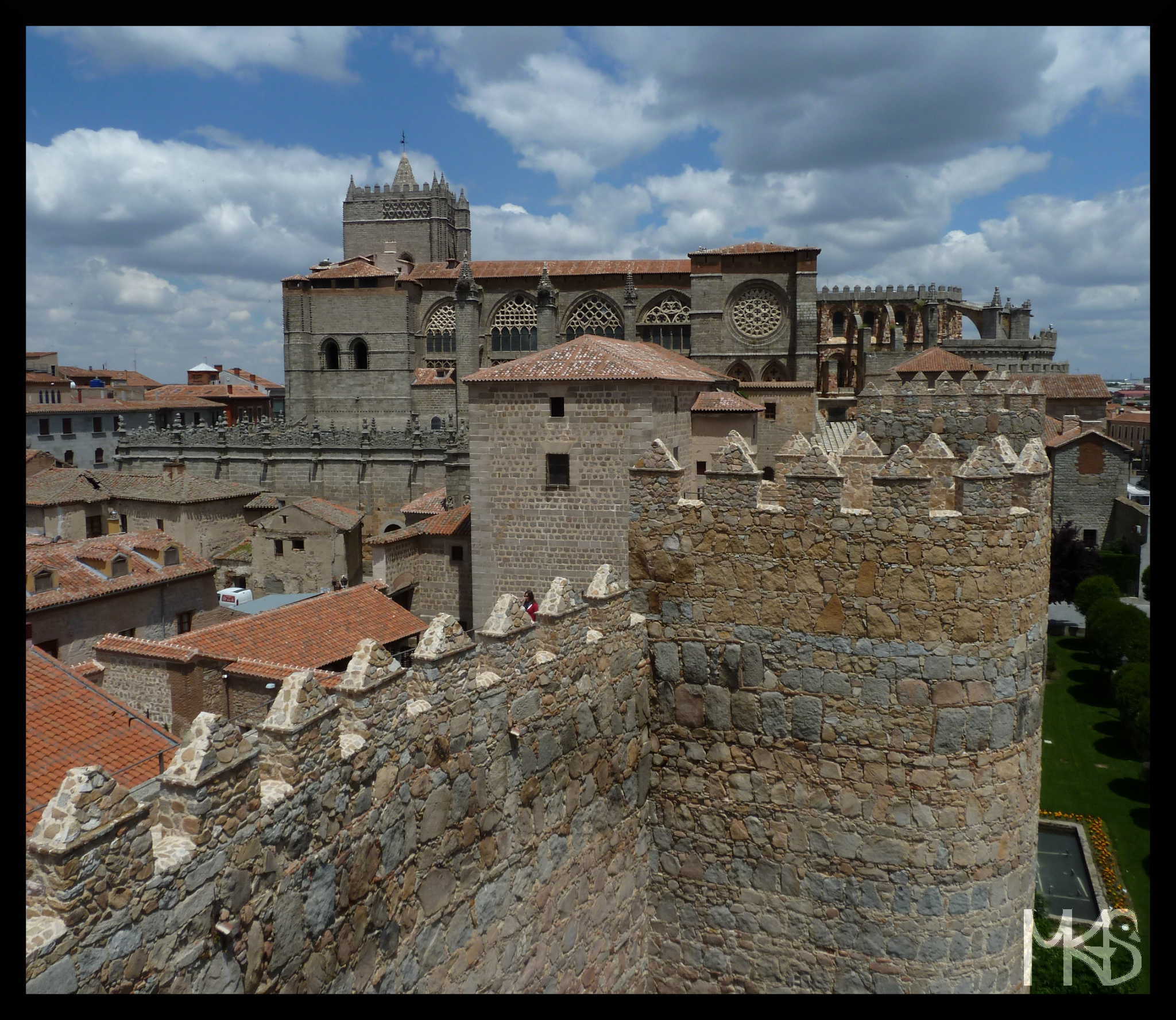
Avila is a lovely town, not so far from Madrid.
It has a cute nickname, i.e., “Town of Stones and Saints”.
And you’ll find in Avila great medieval town walls and many churches.
I can highly recommend to visit Avila. 🙂
Category: Uncategorized
Spain – Avila

I told you already that Madrid is not my favorite city in Spain. So when I was in Madrid, I was always trying to get somewhere nearby. I was amazed by big number of lovely towns located “nearby” Madrid. Well, maybe some of them are not very close to Madrid, but it was still quite convenient to go there by train.
Spain – Storks
Spain – Nature
Spain – Consuegra
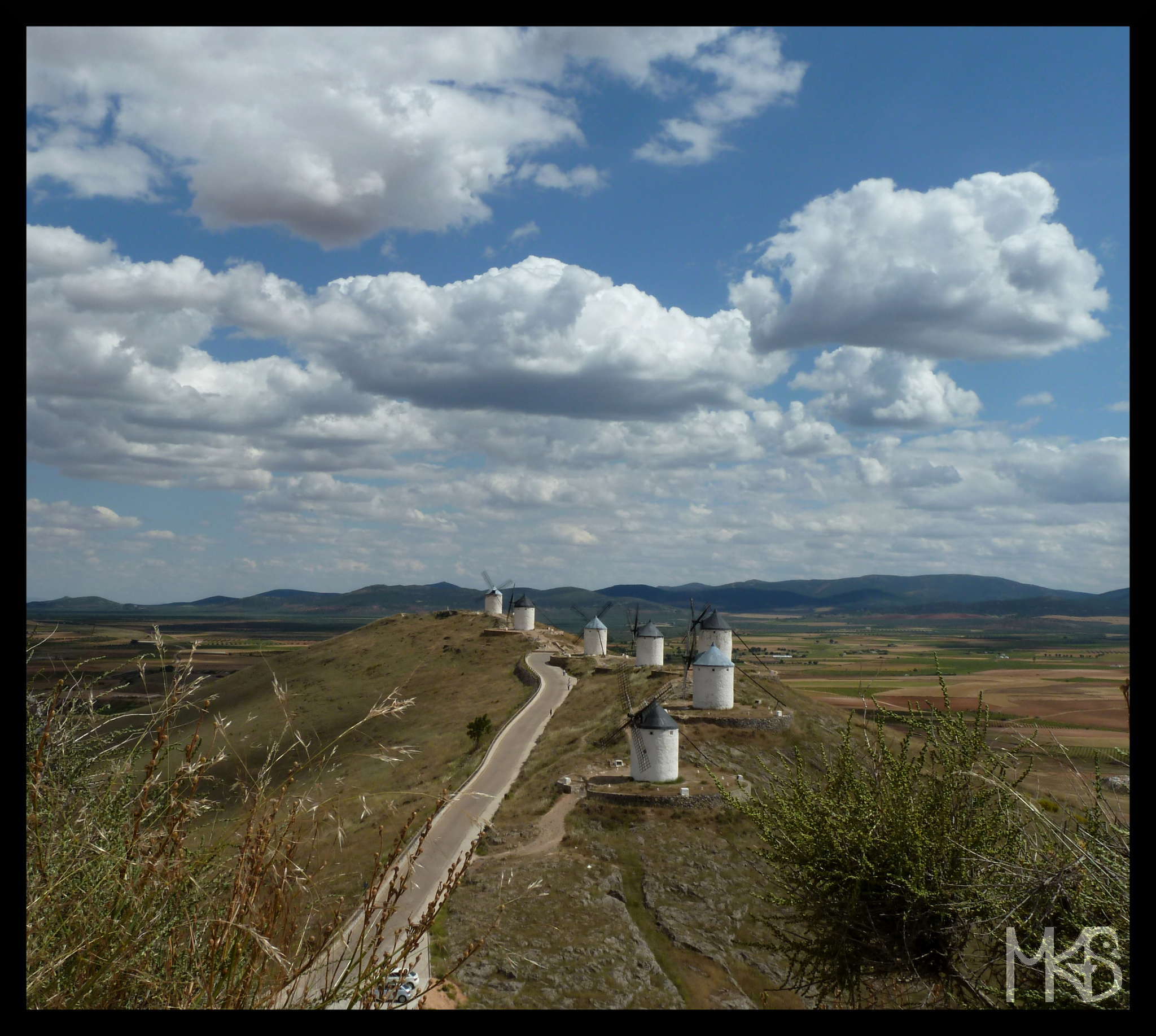
As I already mentioned, I used to like Don Quixote a lot (I’m not so crazy any more).
So when I was planing my visit to Toledo, I had to search for windmills. I went to Consuegra and that was a great choice. It’s a magical place. 🙂
If you’re planing to visit Spain, definitely put on your list Toledo with Consuegra!
Spain – Windmills
Spain – Toledo
Spain – The best of
Spain – Lovely places in Madrid
Spain – Madrid
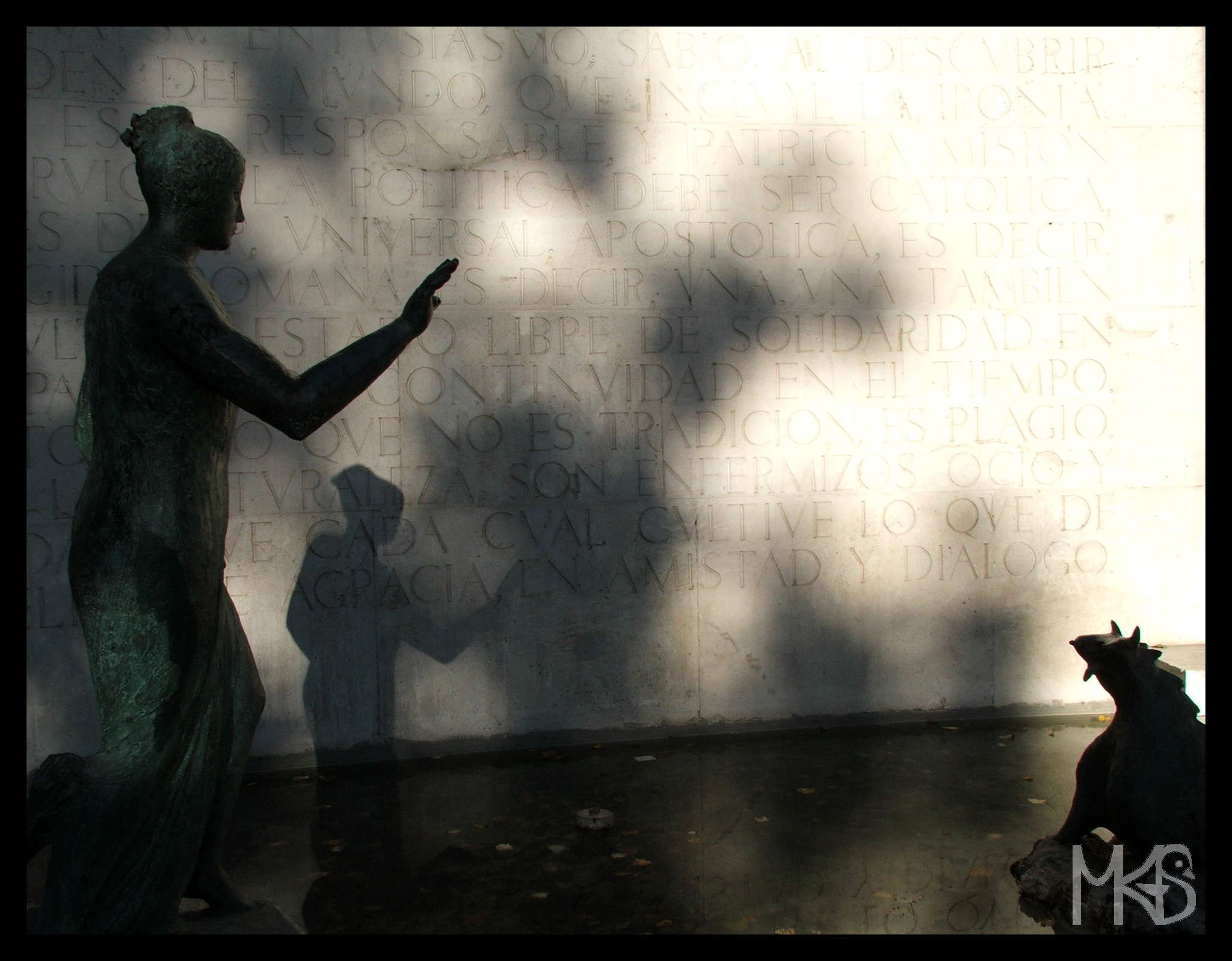
In Madrid, as usually in capitals, you can find lots of attractions.
To be honest, it’s not my favorite city in Spain, but even there I found a few nice places (tomorrow I will show you one of them). Anyway, what I can recommend in Madrid, visit museums! There are many great museums in Madrid, definitely worth visiting even in a sunny day!
Spain – Capital
Spain – Art
Spain – Don Quixote Route
Spain – Don Quixote
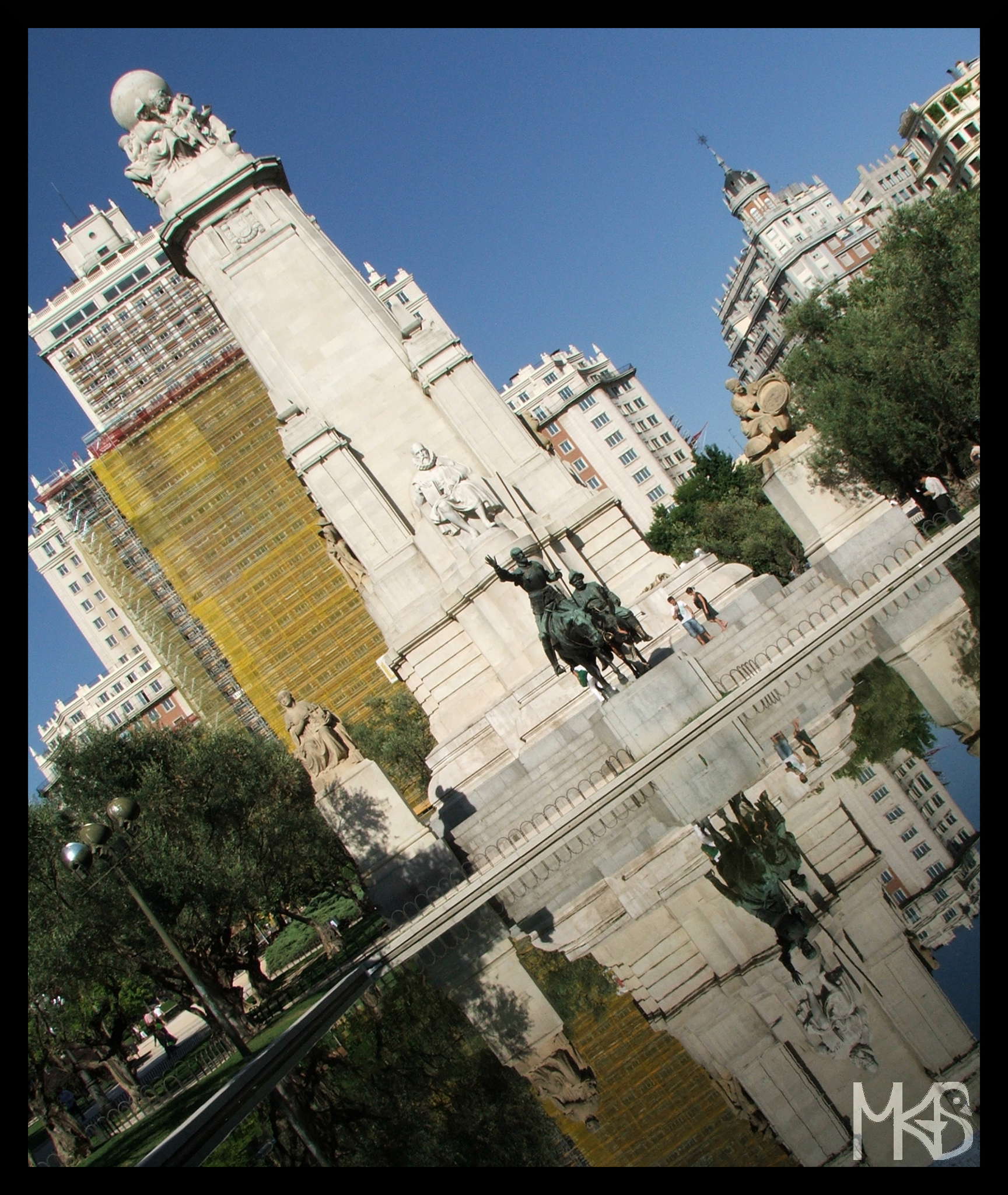
Do you know “Don Quixote” – the famous novel of Spanish writer Miguel de Cervantes?
At some point, I liked it a lot. It’s not exactly the case, but for me it was like a synonym of “follow your dreams and be happy”. 🙂
p.s. Don Quixote will appear in a few of my posts in December; at this moment, let’s keep it short. 😉
Spain – Siesta
Spain – Agriculture
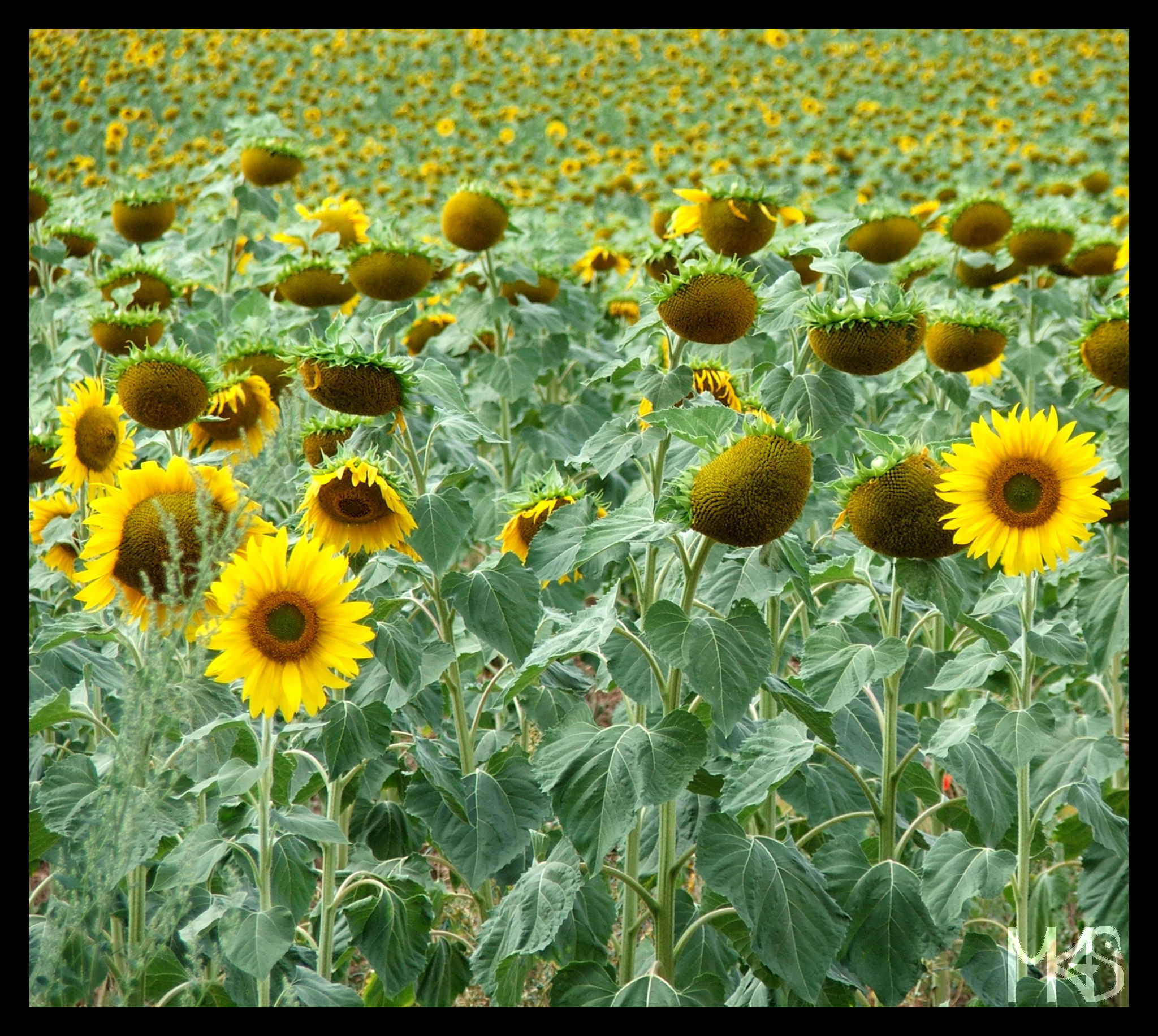
Agriculture is a huge business in Spain.
When you’re in Spain, you can easily get fresh, delicious fruits and vegetables.
But Spanish fruits and vegetables that are in shops in other (colder) European countries are not considered as the good quality products. Definitely, something should be changed in this approach…
Spain – Fire!
Spain – Sunny and hot
Spain – J or H
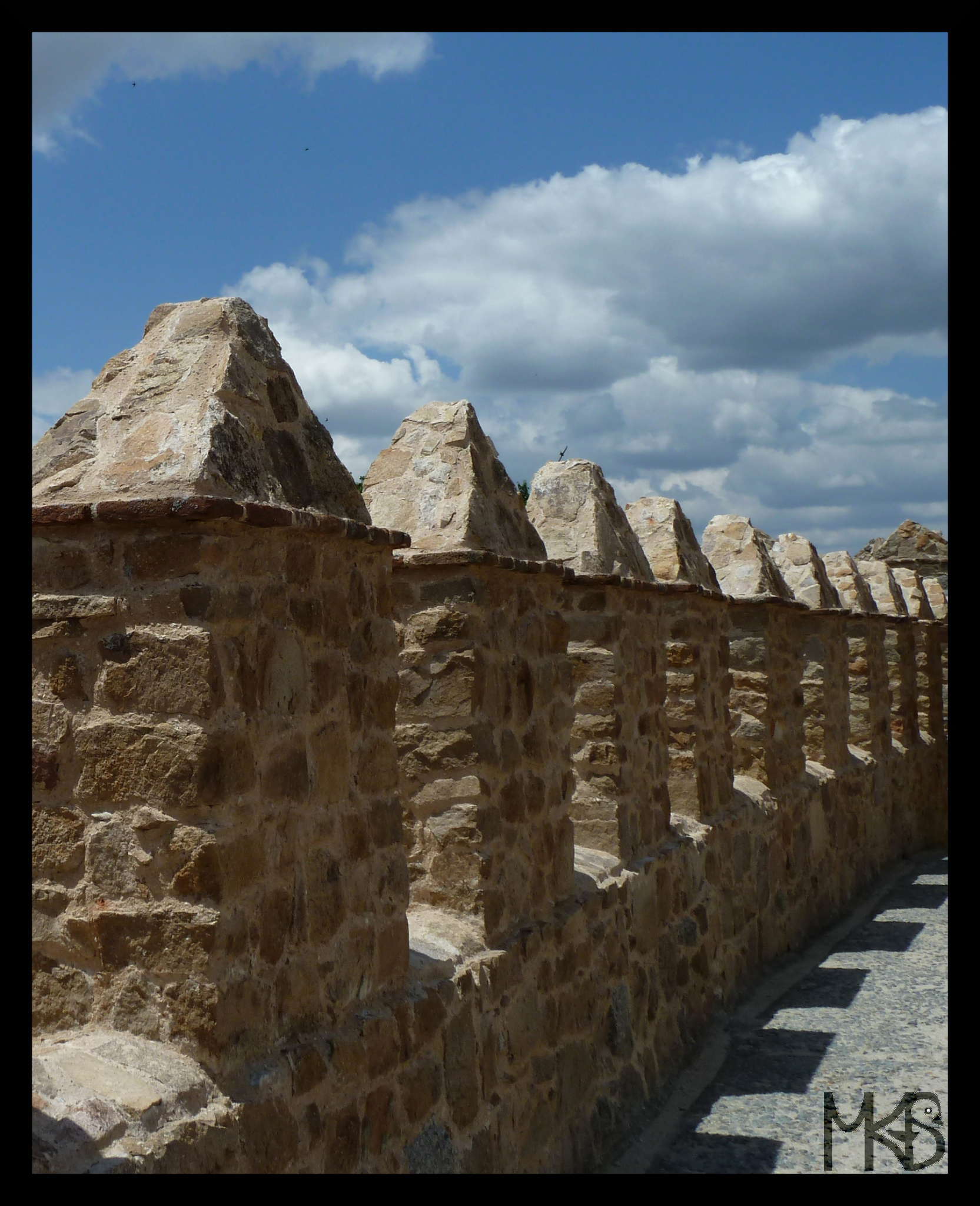
Today, something for people who, like me, don’t speak Spanish. 😉
When you go to Span or Argentina and you try to ask for directions, it’s good to learn a few rules from Spanish pronunciation; e.g., Spanish “J” is pronounced like “H”. Check some basics before traveling, it may be very useful. 🙂
Spain – Spanish
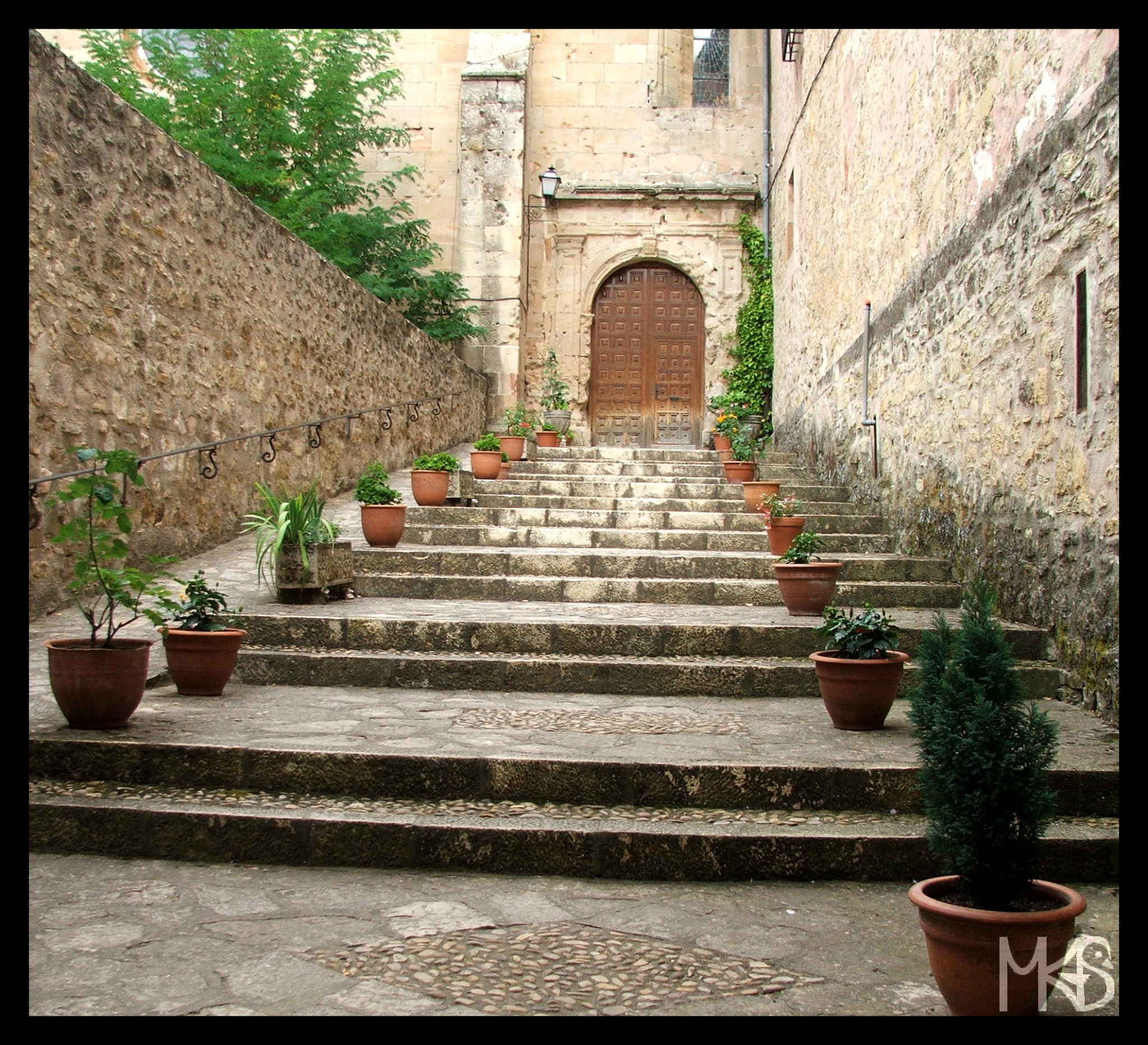
Spanish is the official language in Spain, but not the only language spoken in the Kingdom of Spain.
Can you speak Spanish?
If yes, you can easily visit South and Central America; well, Portuguese is more useful in Brazil, however it’s still more convenient there to know Spanish than English.
